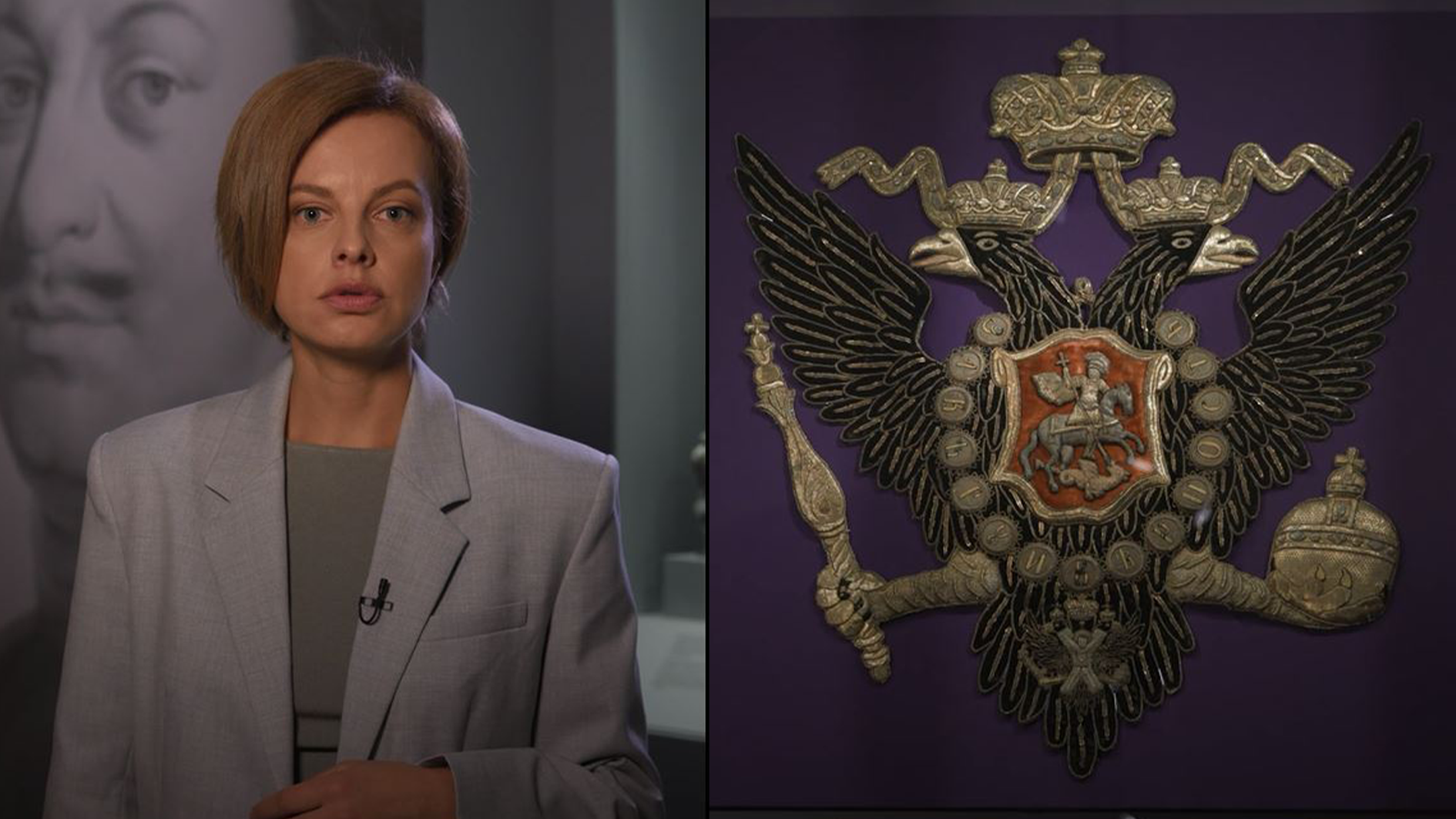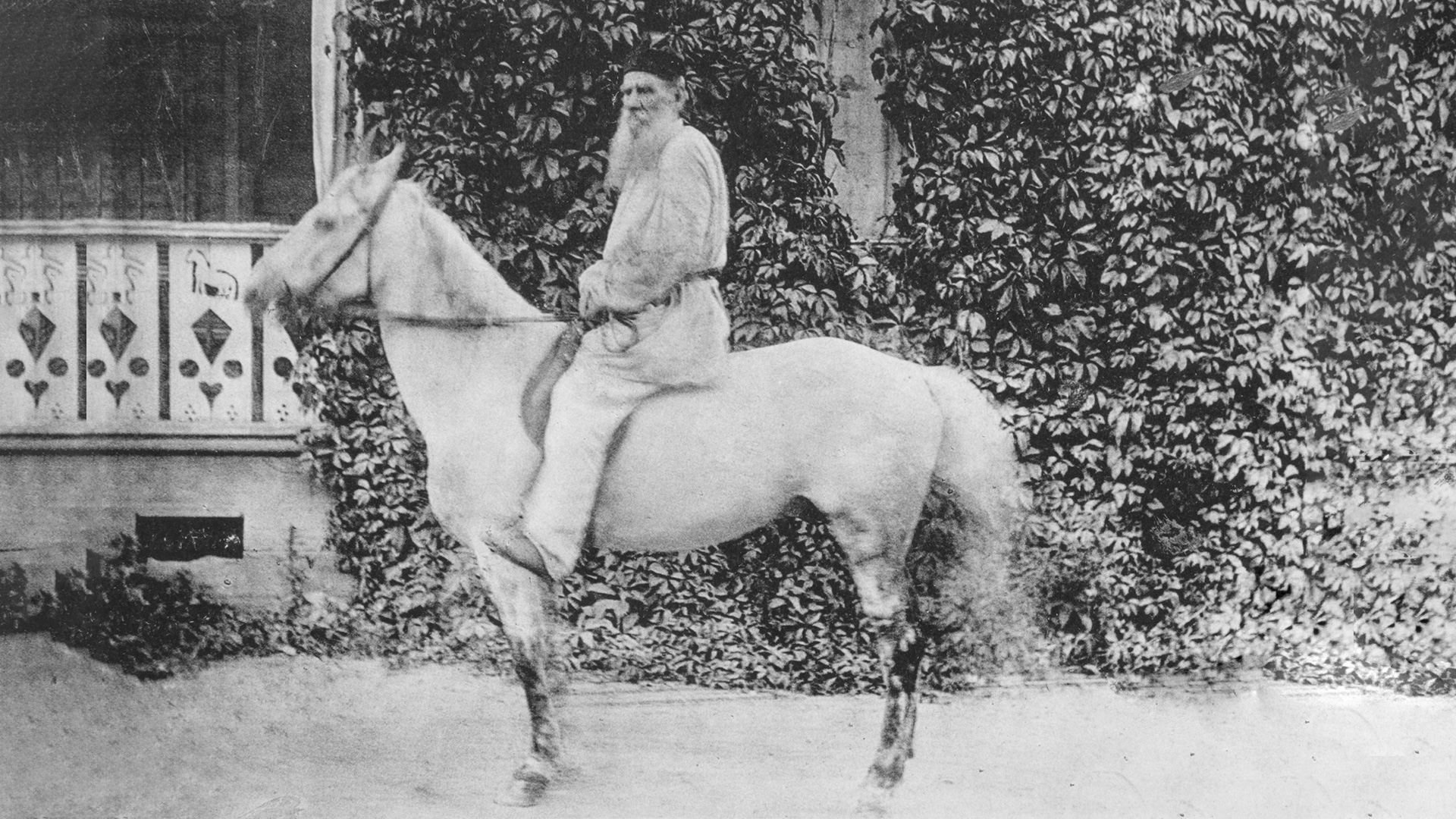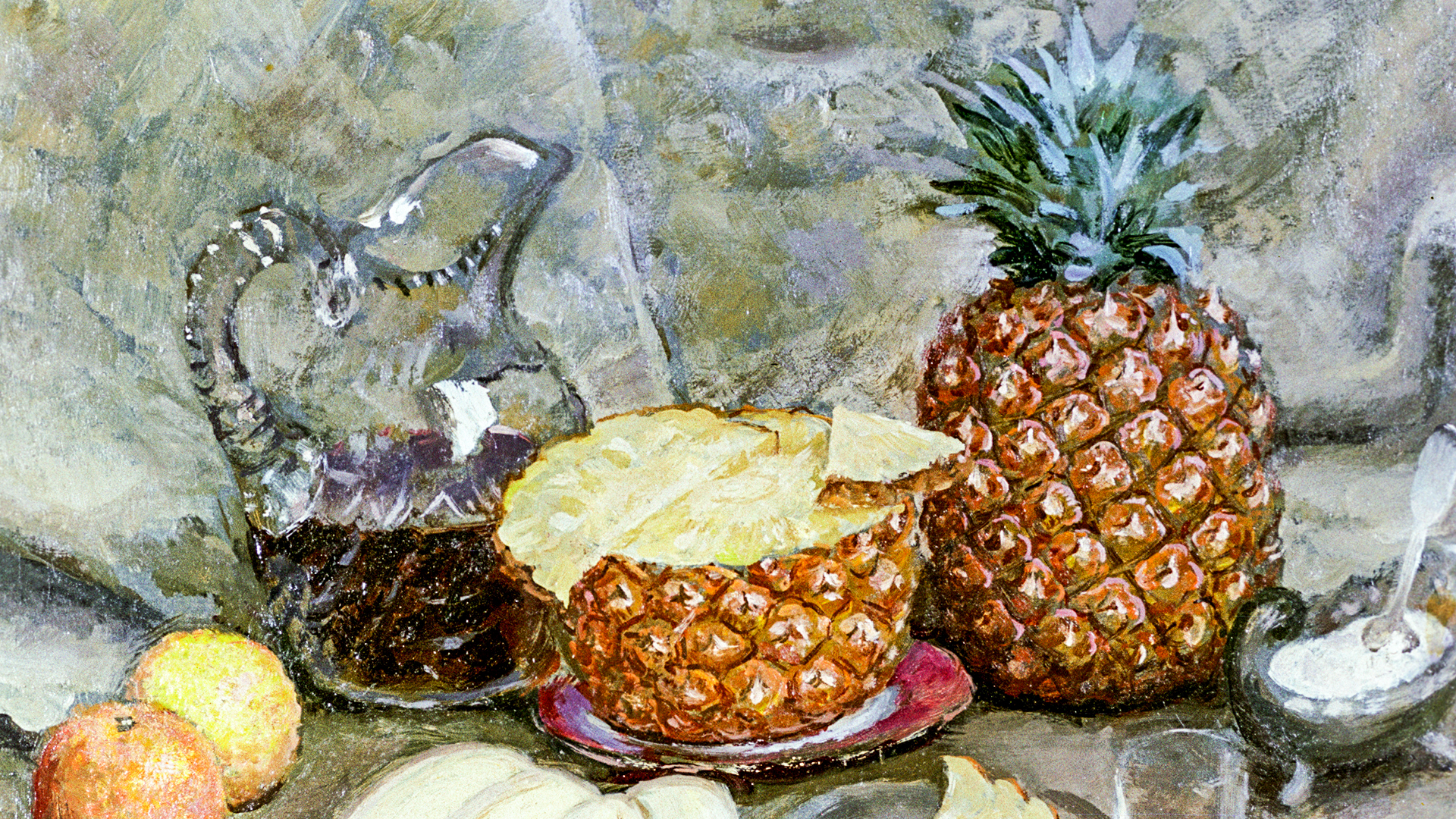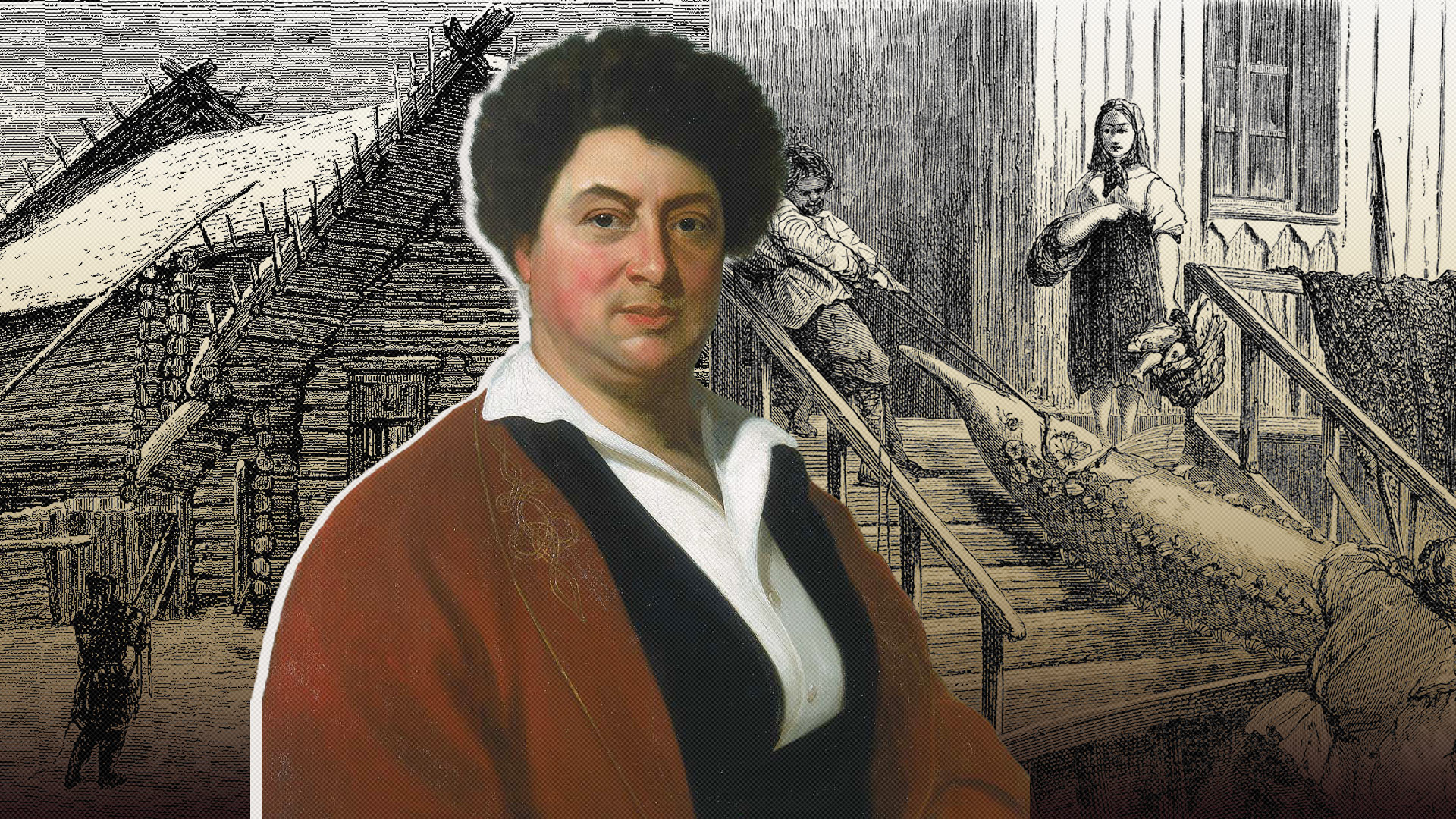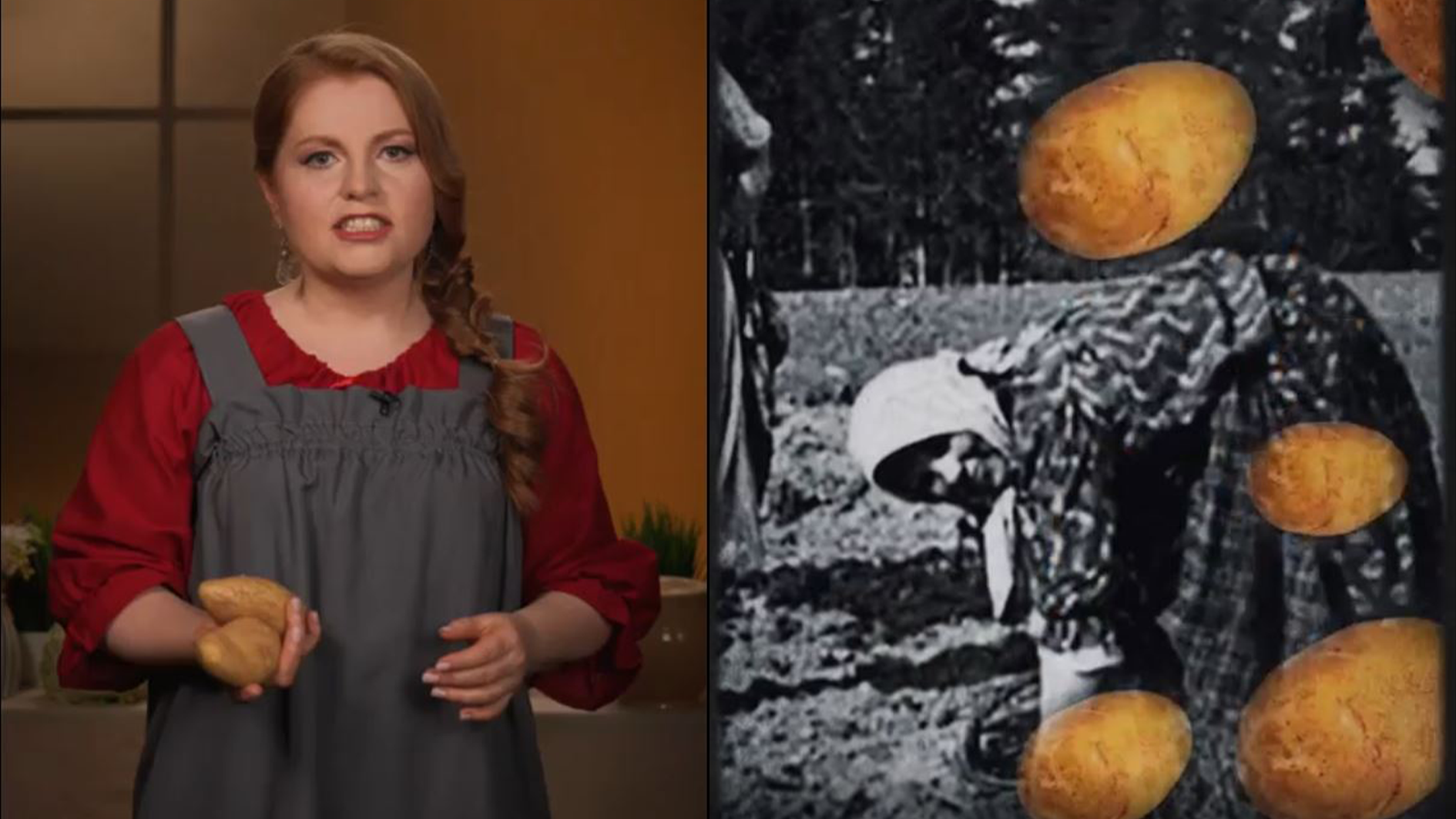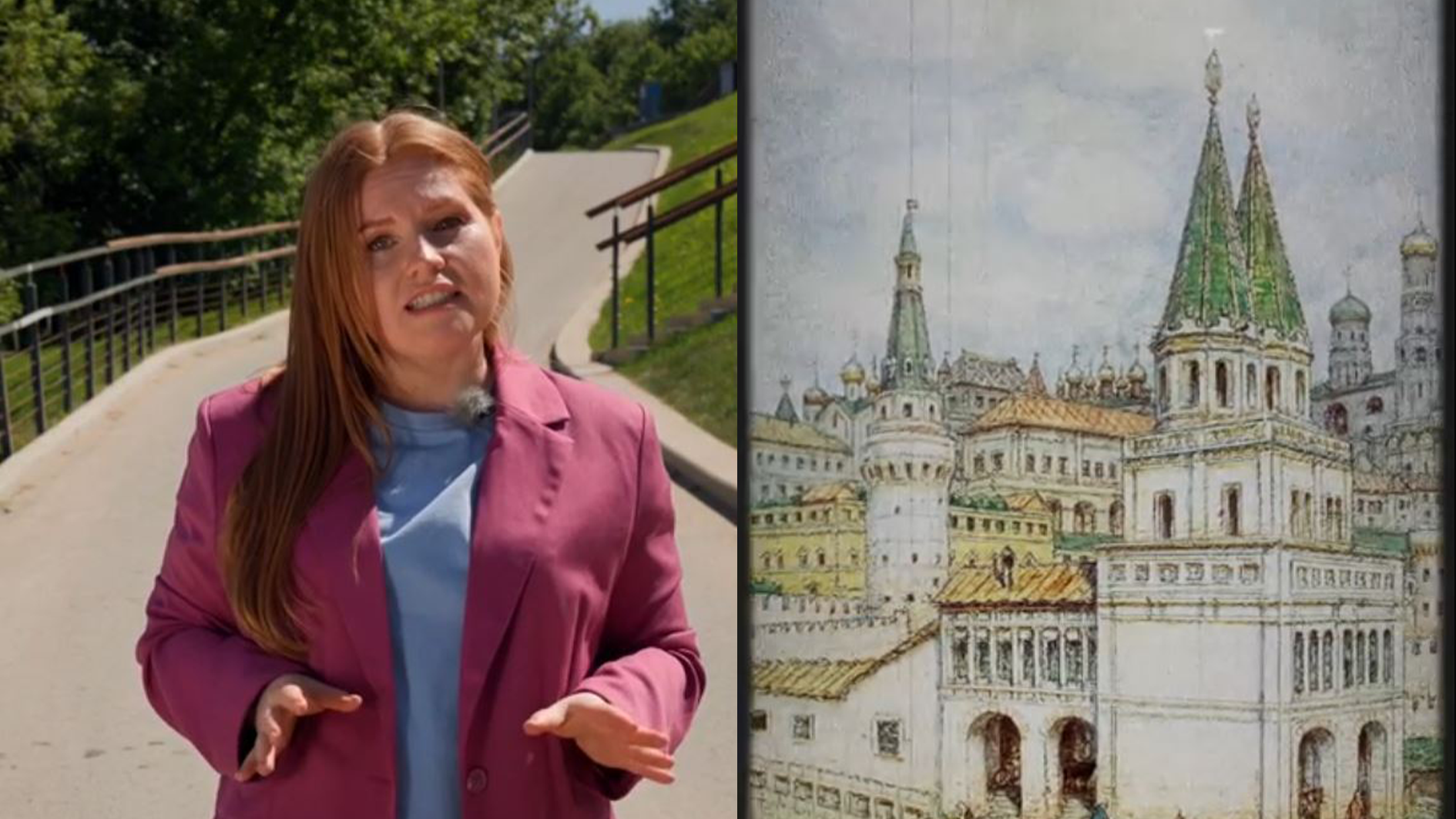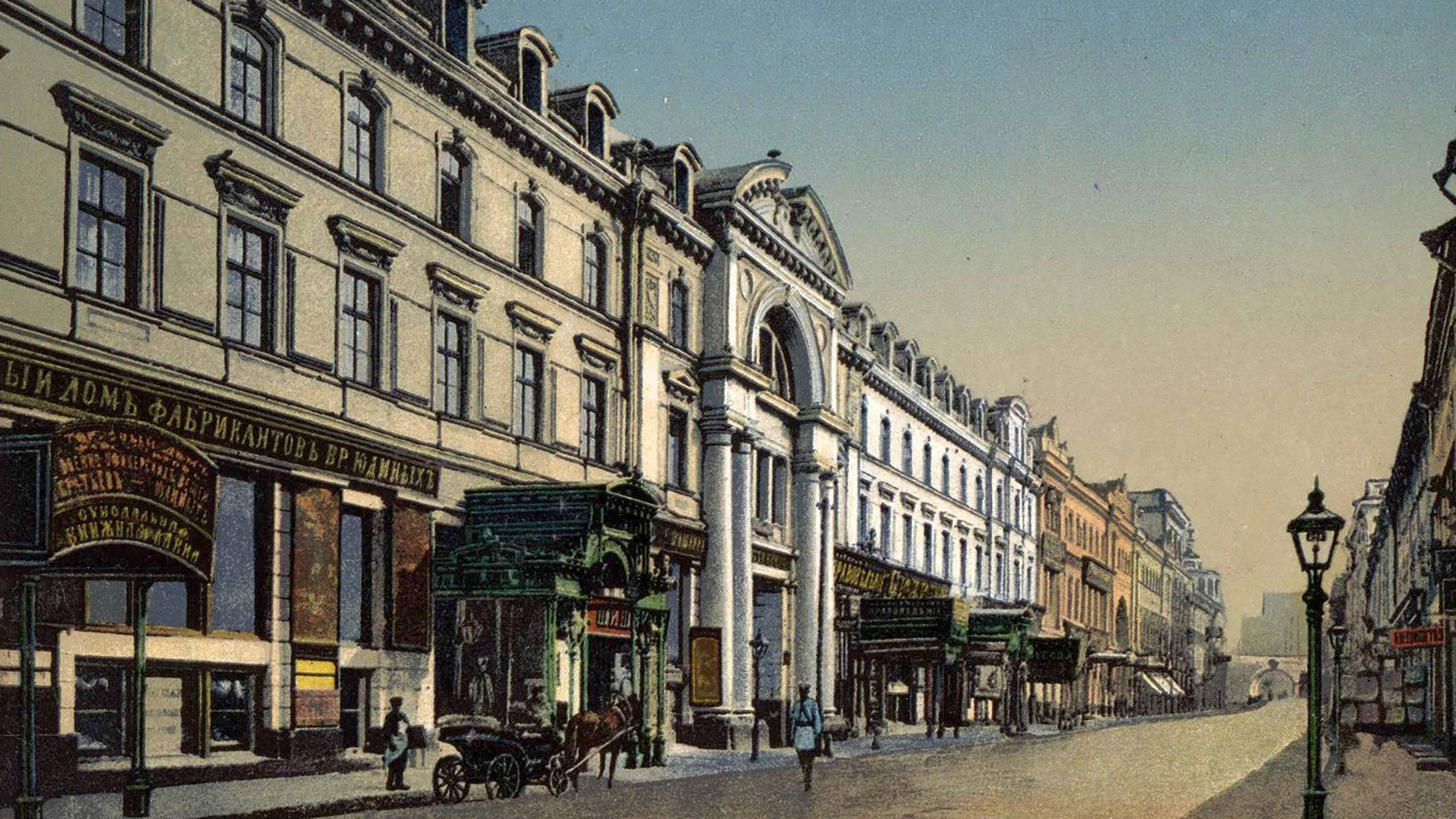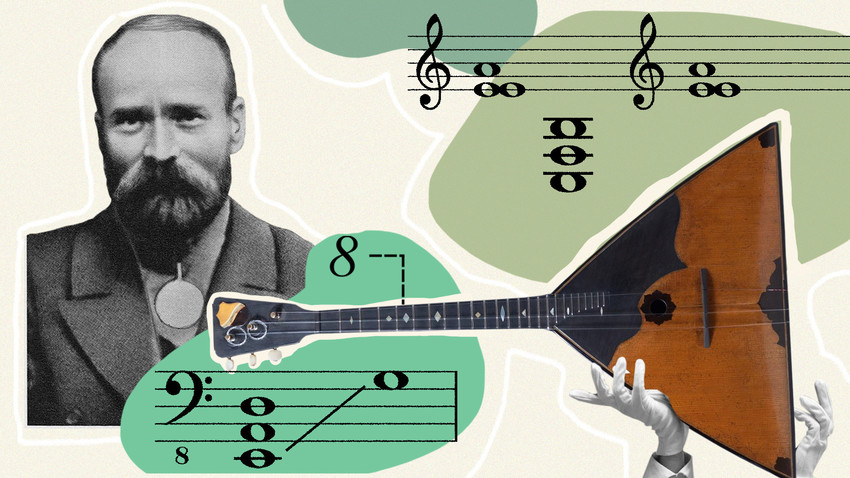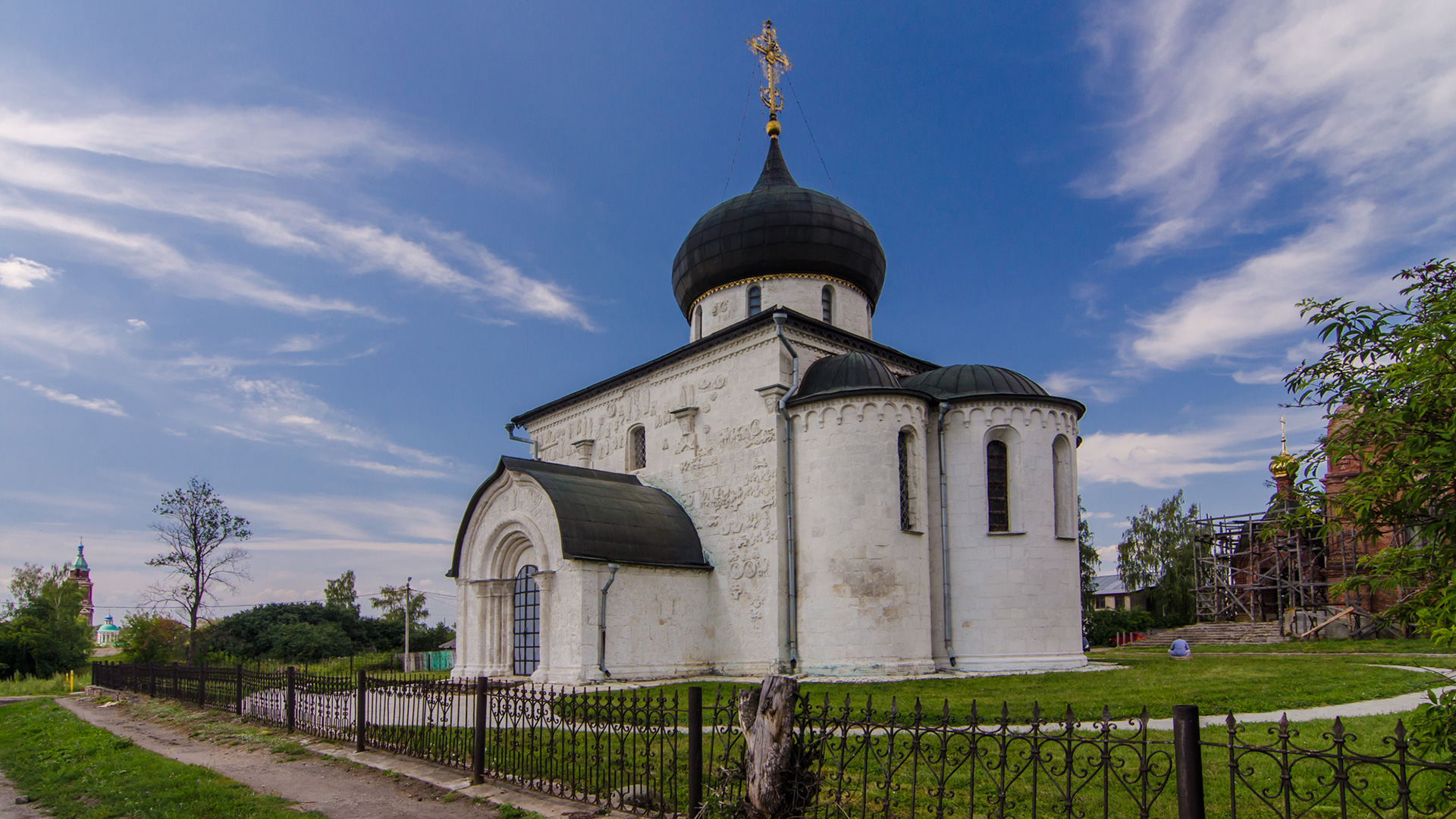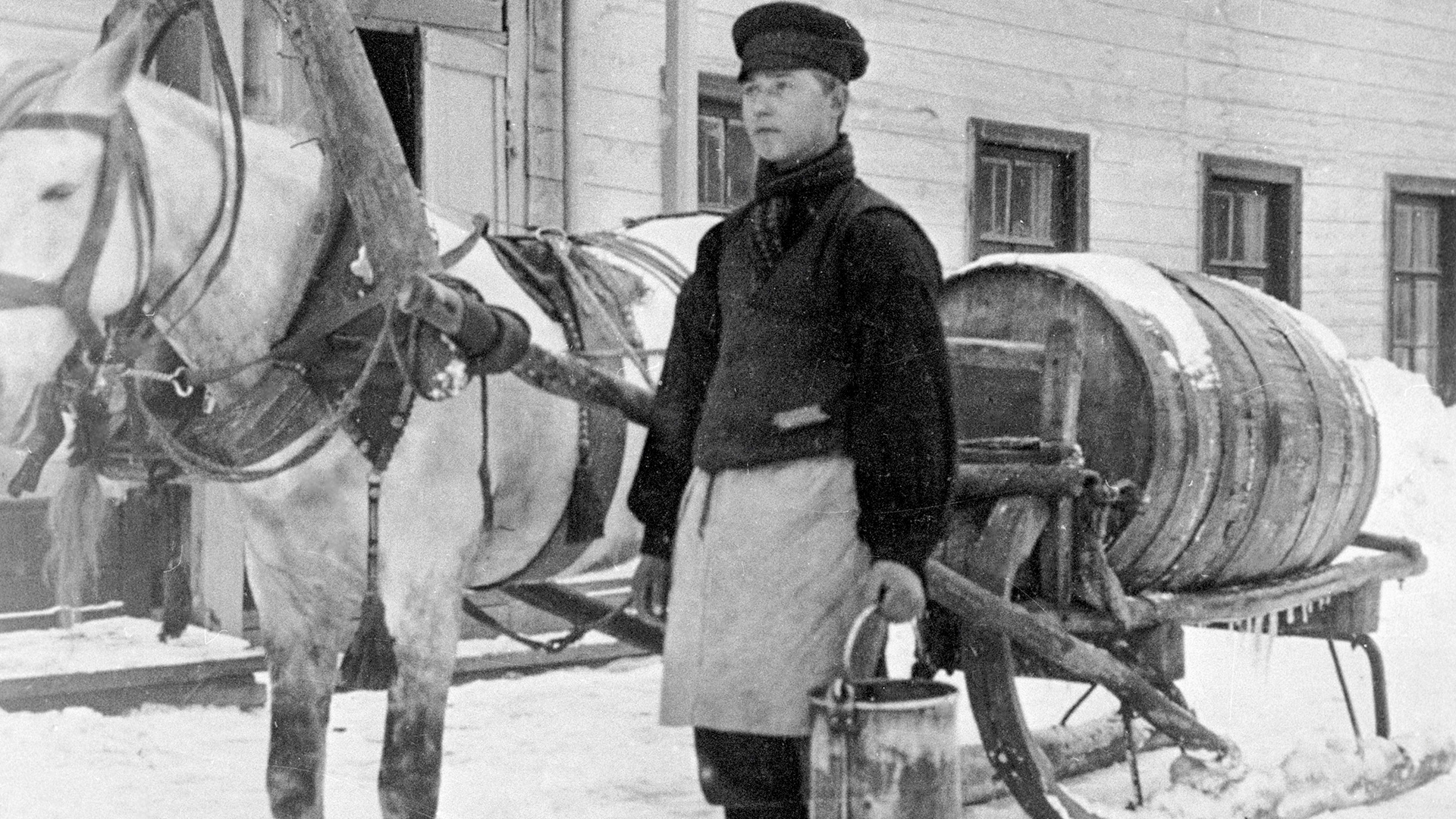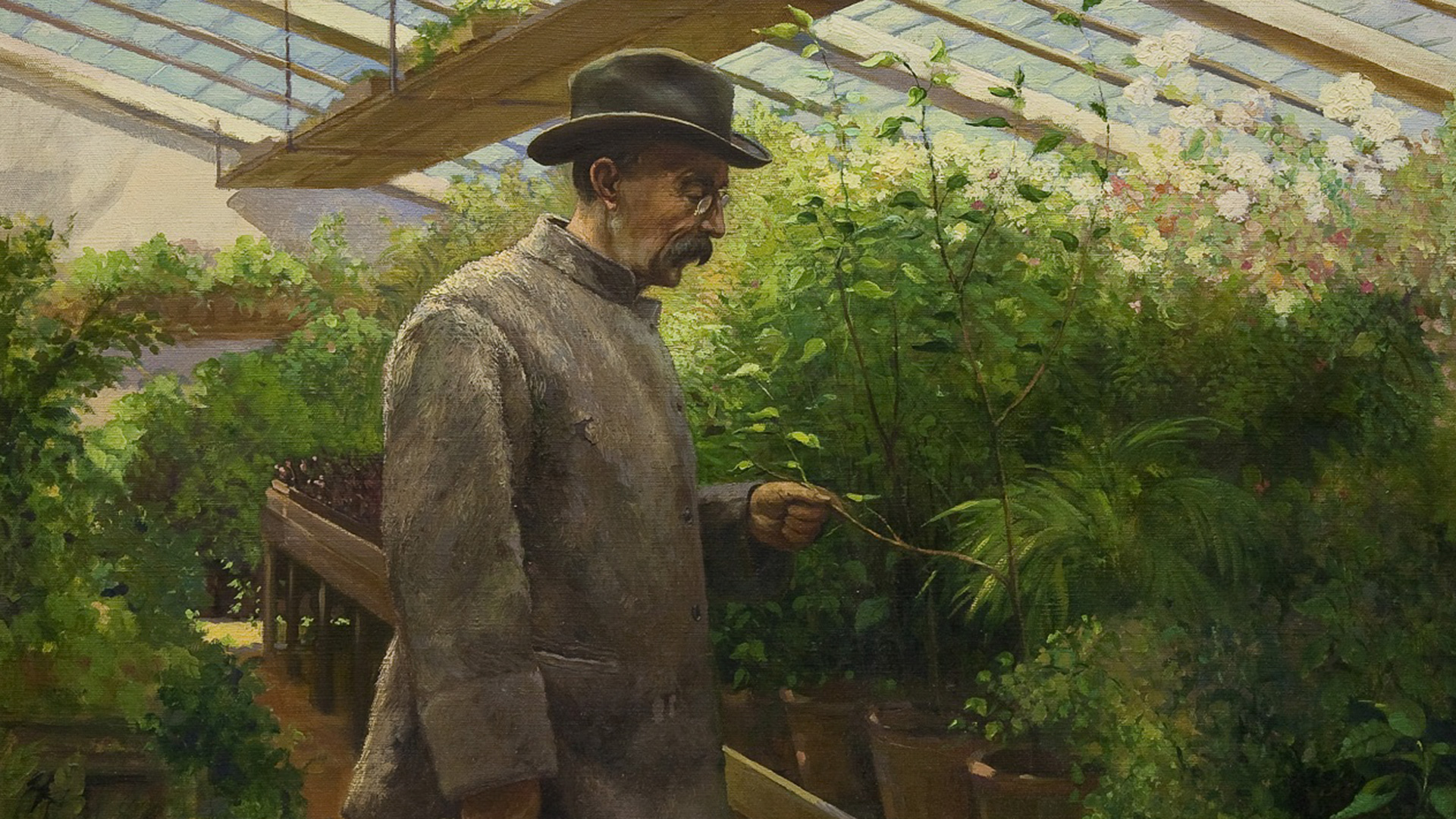
5 facts about the Juma Mosque in Derbent, Russia’s oldest (PHOTOS)
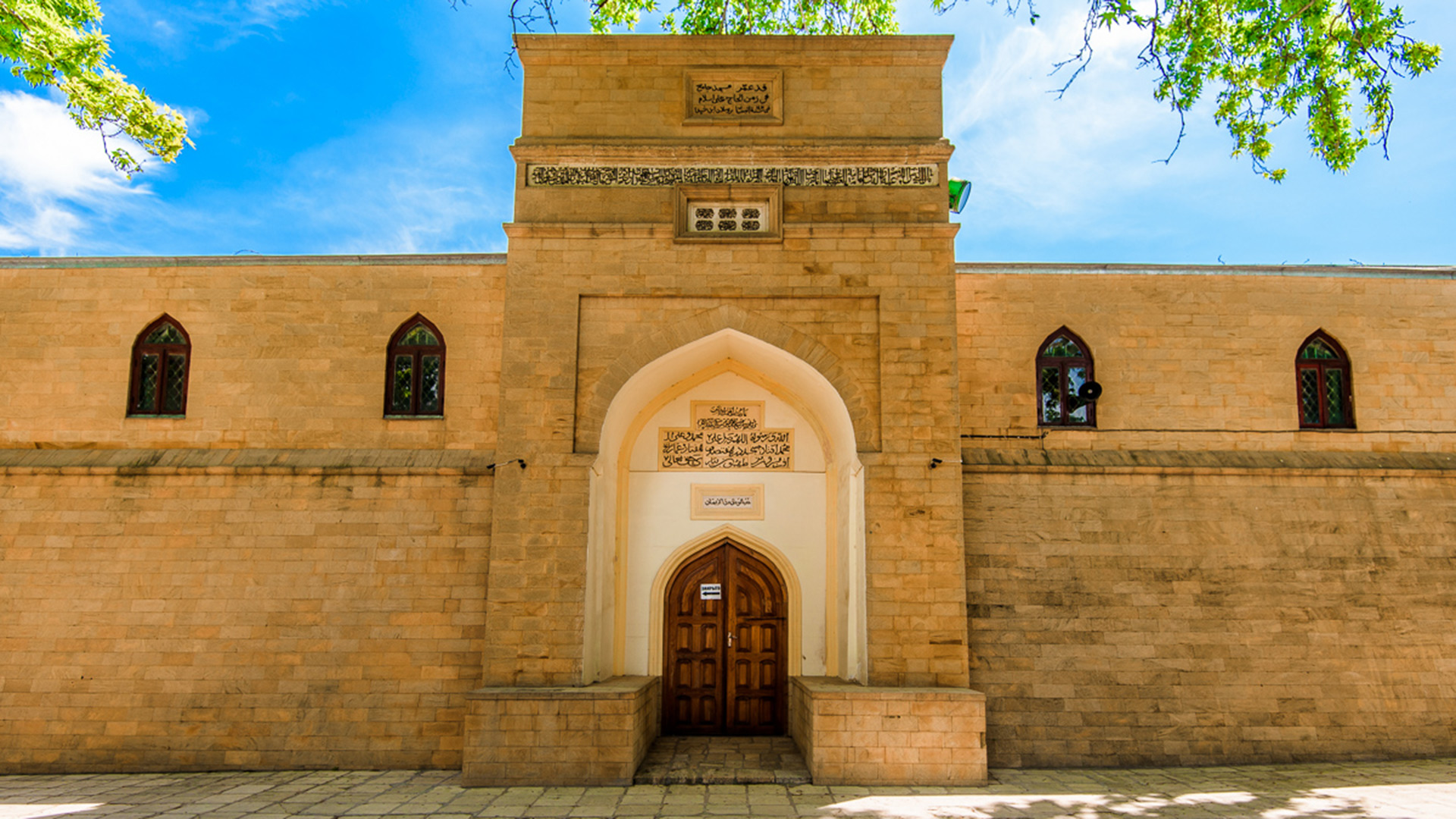
1. Hidden in the narrow lanes of the old town
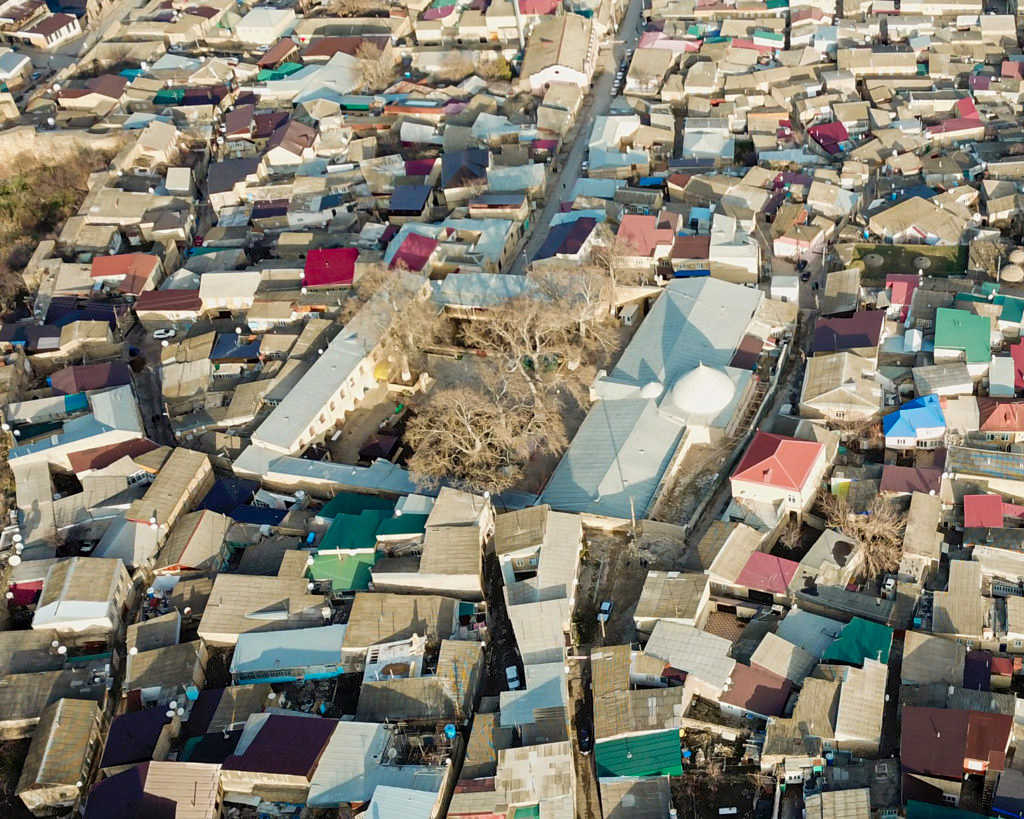 The mosque territory is seen in the middle
The mosque territory is seen in the middle
Modern mosques look like large-scale temple complexes with huge areas for thousands of worshippers. But, in Derbent, the Juma Mosque is small and chamber-like, literally hidden in the labyrinth-like streets of the old city. You can stumble upon it by chance, while winding through the narrow stone streets. That's because it was built as far back as in the 8th century!
2. Built by the Arabs
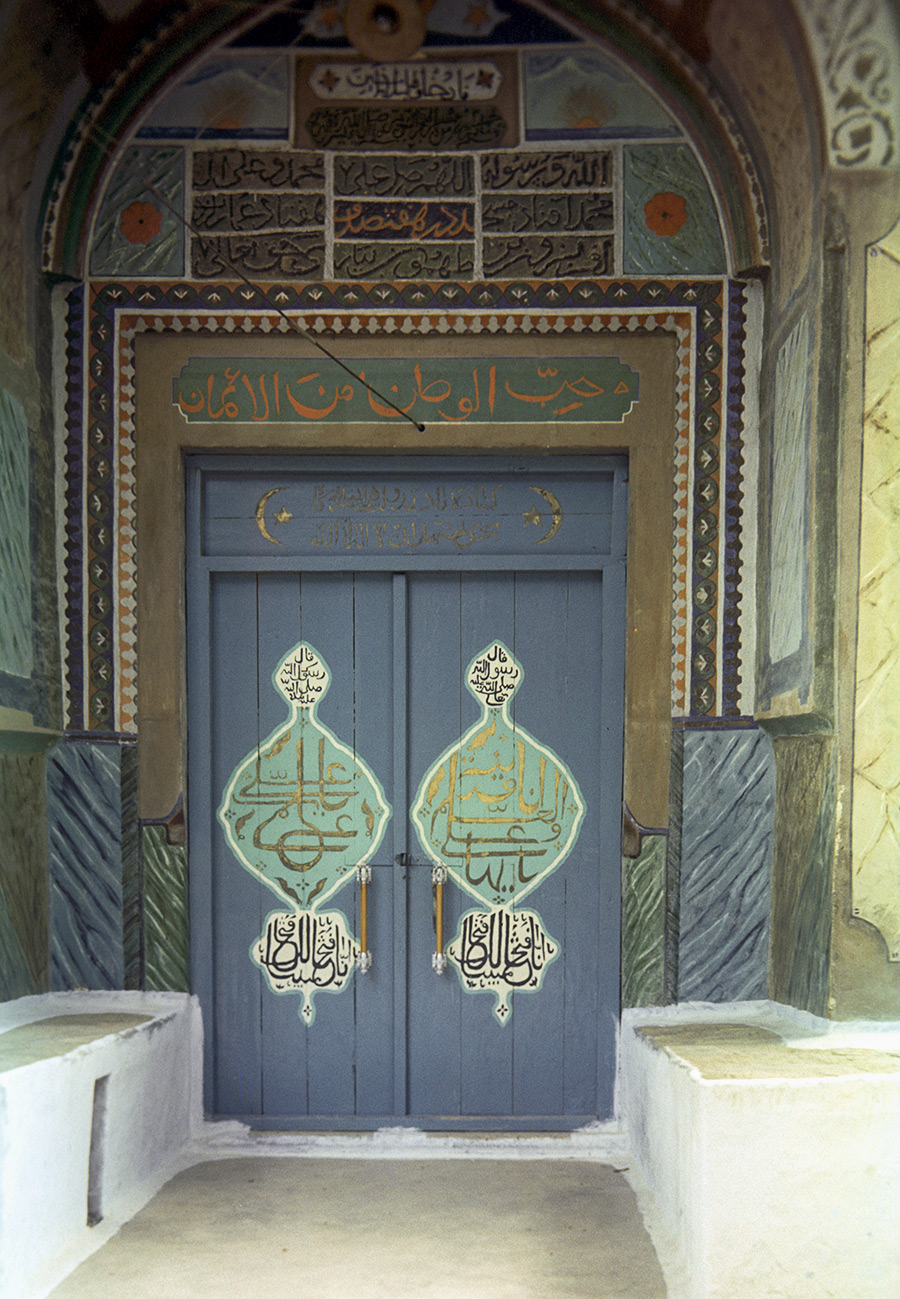 The entrance in the mosque
The entrance in the mosque
Derbent is one of the oldest cities in Russia. It was founded in the 5th century and its main attraction is the Persian fortress of Naryn-Kala, which was built there almost a century later.
It took another century to build the mosque and the date of construction – 115 AH (733-734 AD) – is stamped above the central entrance. The initiator of the construction was an Arab commander named Maslama ibn Abdul-Malik, who captured Derbent and turned it into a prosperous city.
3. Possibly rebuilt from a Christian church
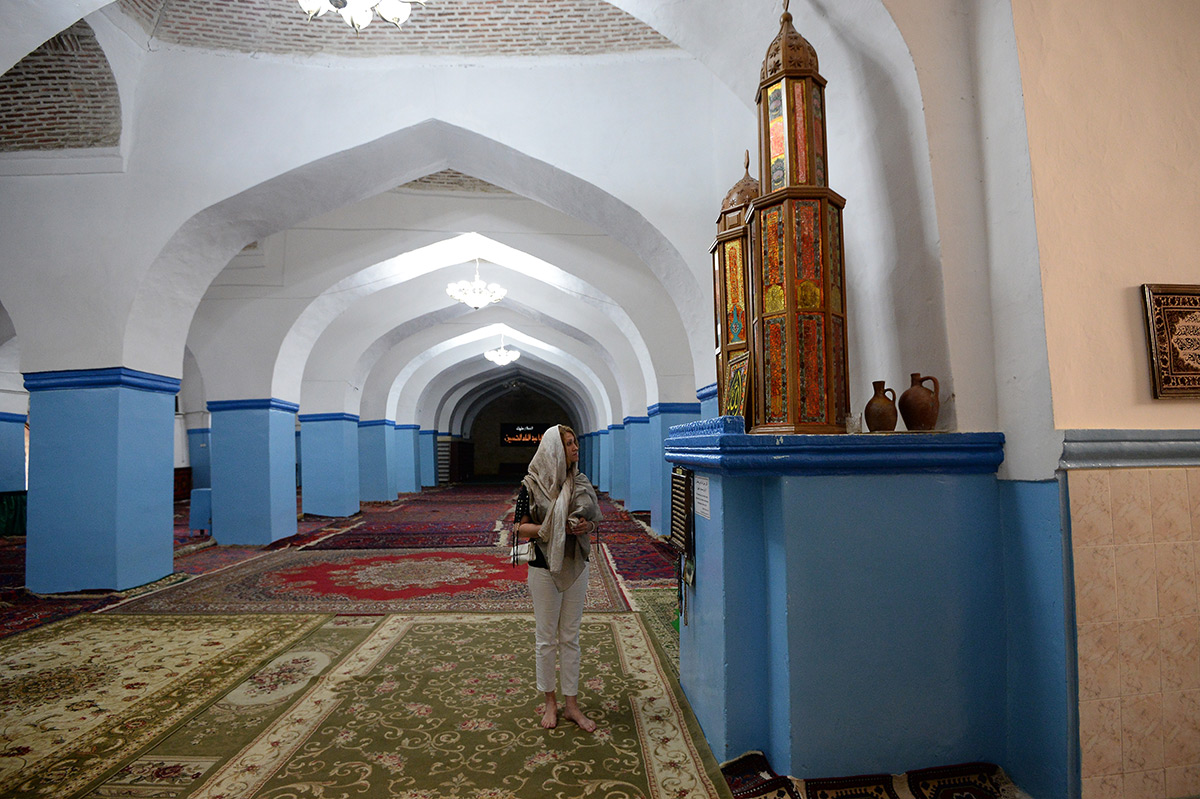 Inside the mosque
Inside the mosque
The mosque in Derbent has a basilica shape, which is very unusual for Muslim buildings. Therefore, historians believe that it may have been rebuilt from an earlier Christian church that stood on this site before it.
The mosque has an obvious central nave and two aisles at the edges, which are covered with pointed arches. The structure is crowned with a 17-meter tall dome.
There are several buildings on the territory of Derbent that testify to the presence of Christianity in these parts. For example, there is a reservoir with cross-domed vaults in the Naryn-Kala Fortress.
4. It was a prison in Soviet times
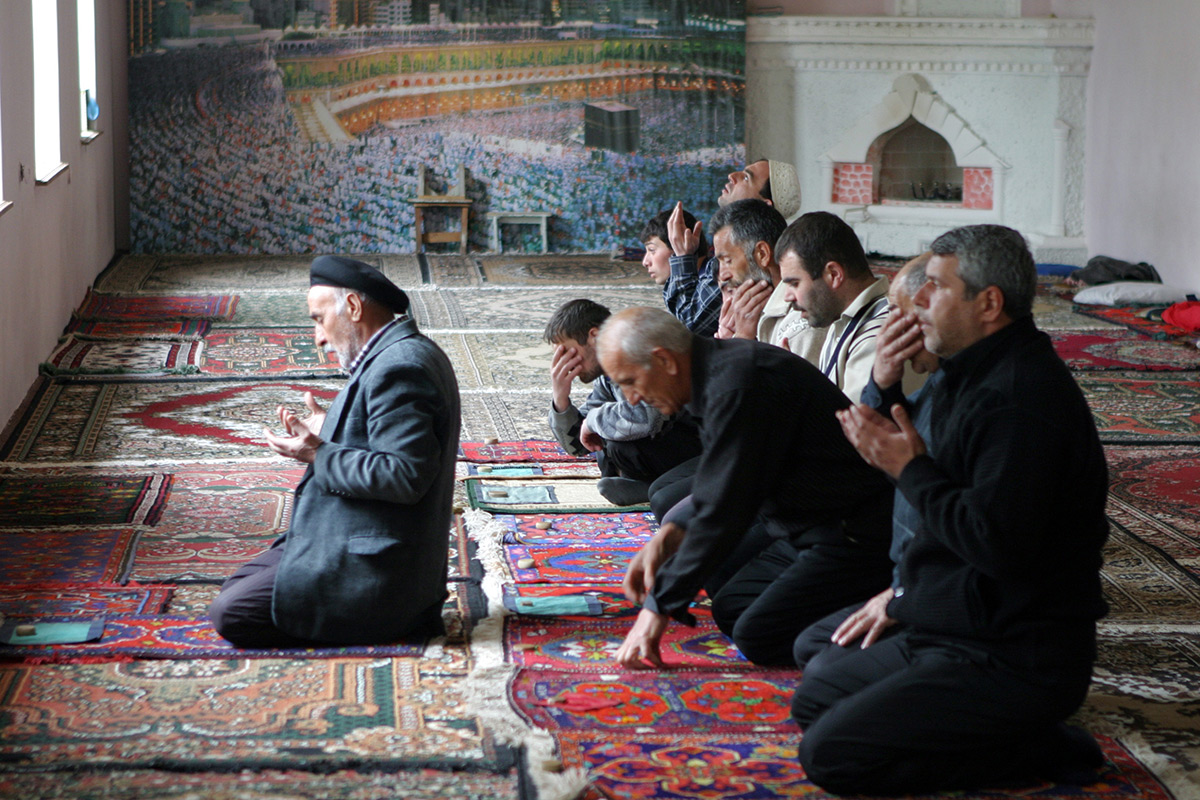 Prayers in the mosque
Prayers in the mosque
The Soviet government fought religion throughout the country and closed not only Orthodox churches, but also mosques. In 1930, the Juma Mosque in Derbent was also closed and, from 1938, was repurposed into a prison.
Prisoners were held here until 1943, when Stalin partially rehabilitated religion in the country and allowed some churches to be opened for prayer, giving believers hope after the difficult years of the war. For many years, the Derbent mosque was one of the few operating in Dagestan.
5. There are unique trees in the yard
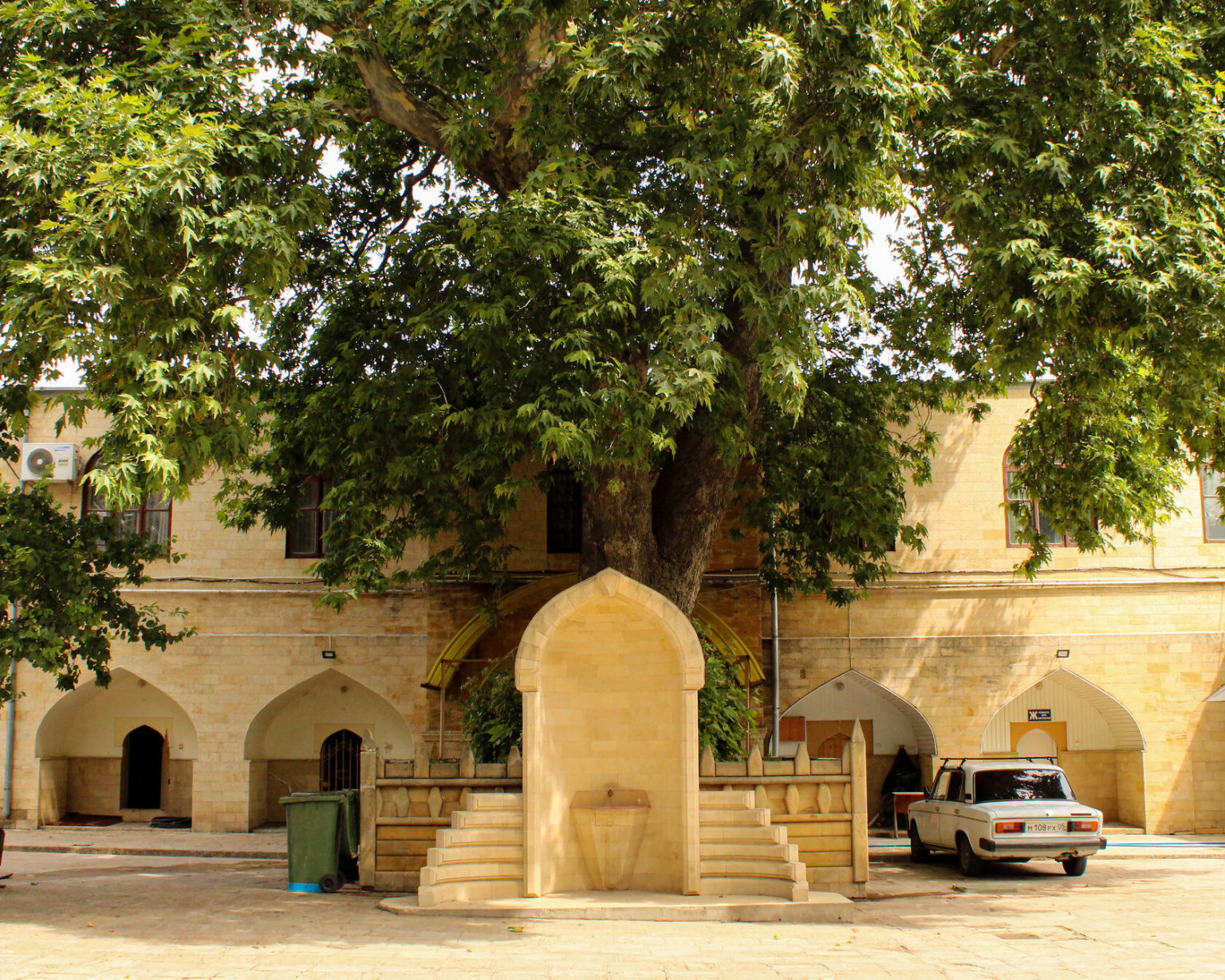 Derbent legendary trees
Derbent legendary trees
The mosque acquired its modern appearance only by the beginning of the 19th century and it was rebuilt several times, including after a serious earthquake in the 14th century. Today, it is a fenced area with a 15th-century madrasa school and living quarters for employees.
Centuries-old plane trees, recognized as monuments of wildlife of national importance, grow on the territory of the complex. By the way, they not only shade the entire area in front of the mosque, but also have another practical significance, as they strengthen the soil with powerful roots and draw water out of the ground, always leaving the area dry.



